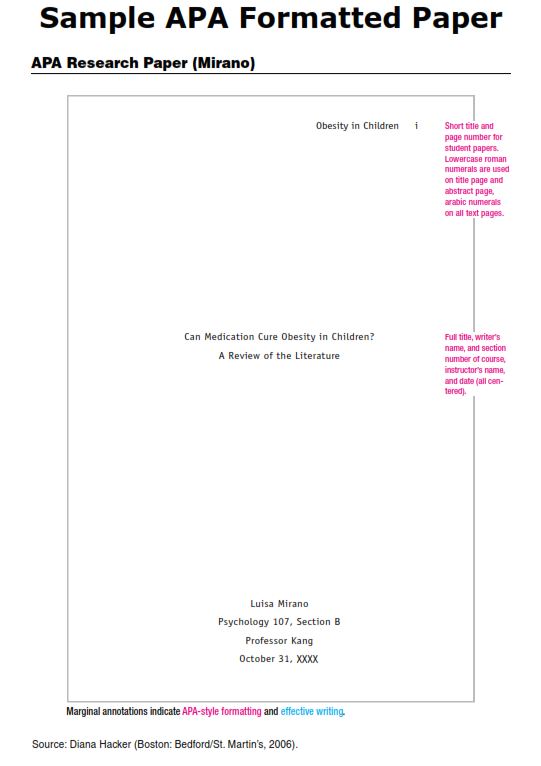

Parenthetical citations and Works Cited pages, used in conjunction, allow readers to know which sources you consulted in writing your essay, so that they can either verify your interpretation of the sources or use them in their own scholarly work. The single quotation marks must be included in the parenthetical, rather than the double quotation. If the title of the work begins with a quotation mark, such as a title that refers to another work, that quote or quoted title can be used as the shortened title. "The Impact of Global Warming in North America." Global Warming: Early Signs. If the title cannot be easily shortened into a noun phrase, the title should be cut after the first clause, phrase, or punctuation: For example, To the Lighthouse would be shortened to Lighthouse. Titles longer than a standard noun phrase should be shortened into a noun phrase by excluding articles. plays, books, television shows, entire Web sites) and provide a page number if it is available. Place the title in quotation marks if it's a short work (such as an article) or italicize it if it's a longer work (e.g. When a source has no known author, use a shortened title of the work instead of an author name, following these guidelines. In-text citations for print sources with no known author

Longer labels, such as chapters (ch.) and scenes (sc.), should be abbreviated. Burnt the fire of thine eyes," they ask in reference to the tiger as they attempt to reconcile their intimidation with their relationship to creationism (lines 5-6). The speaker makes an ardent call for the exploration of the connection between the violence of nature and the divinity of creation. For example, the examination of William Blake’s poem “The Tyger” would be cited as such: When citing a poem, for instance, the parenthetical would begin with the word “line”, and then the line number or range.

If a source uses a labeling or numbering system other than page numbers, such as a script or poetry, precede the citation with said label. In-text citations for sources with non-standard labeling systems You should also use abbreviations (e.g., nat'l for national) where appropriate, so as to avoid interrupting the flow of reading with overly long parenthetical citations. When a source has a corporate author, it is acceptable to use the name of the corporation followed by the page number for the in-text citation. In-text citations for print sources by a corporate author Language as Symbolic Action: Essays on Life, Literature, and Method. The author's name may appear either in the sentence itself or in parentheses following the quotation or paraphrase, but the page number(s) should always appear in the parentheses, not in the text of your sentence. This means that the author's last name and the page number(s) from which the quotation or paraphrase is taken must appear in the text, and a complete reference should appear on your Works Cited page. MLA format follows the author-page method of in-text citation. More specifically, whatever signal word or phrase you provide to your readers in the text must be the first thing that appears on the left-hand margin of the corresponding entry on the Works Cited page. Any source information that you provide in-text must correspond to the source information on the Works Cited page.print, web, DVD) and (2) upon the source’s entry on the Works Cited page. The source information required in a parenthetical citation depends (1) upon the source medium (e.g.However, as the examples below will illustrate, there are situations where it makes sense to put the parenthetical elsewhere in the sentence, or even to leave information out. Usually, the simplest way to do this is to put all of the source information in parentheses at the end of the sentence (i.e., just before the period). This method involves providing relevant source information in parentheses whenever a sentence uses a quotation or paraphrase. In MLA Style, referring to the works of others in your text is done using parenthetical citations. Both books provide extensive examples, so it's a good idea to consult them if you want to become even more familiar with MLA guidelines or if you have a particular reference question. Guidelines for referring to the works of others in your text using MLA style are covered throughout the MLA Handbook and in chapter 7 of the MLA Style Manual. This resource, updated to reflect the MLA Handbook (9 th ed.), offers examples for the general format of MLA research papers, in-text citations, endnotes/footnotes, and the Works Cited page.

MLA (Modern Language Association) style is most commonly used to write papers and cite sources within the liberal arts and humanities.


 0 kommentar(er)
0 kommentar(er)
